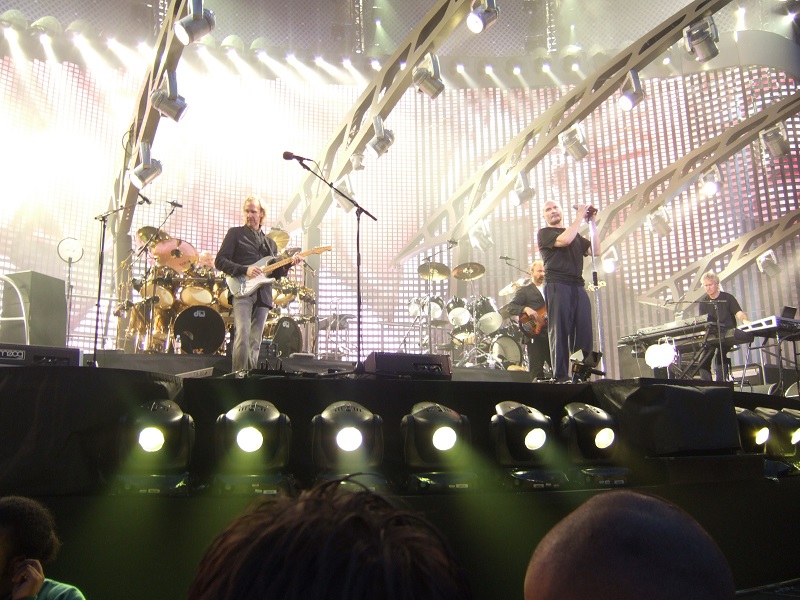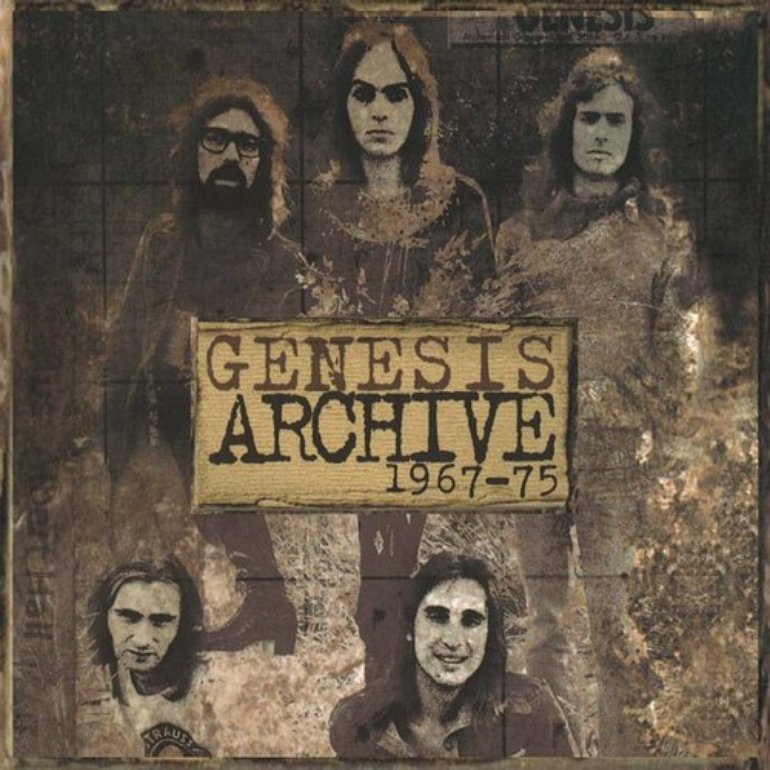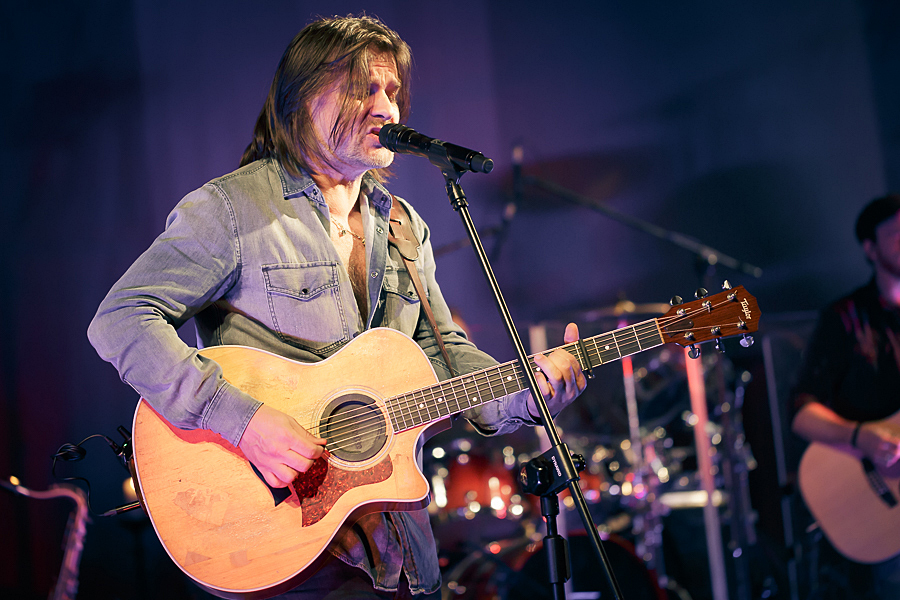On 11 June 2007, Genesis kicked off their long-awaited ‘Turn It On Again’ reunion tour in Helsinki, marking the official return of Phil Collins as lead vocalist.
The Reunion Announcement
On 7 November 2006, Tony Banks, Mike Rutherford and Phil Collins held a press conference to announce that Genesis would reunite for a European summer tour in 2007, followed by a North American leg in the autumn. It was the first time Collins had officially rejoined the band since leaving in 1996, despite a few brief appearances over the years.
Joining them on stage were longtime touring members Chester Thompson (drums) and Daryl Stuermer (guitar/bass), both of whom had not performed with Genesis since the We Can’t Dance Tour in 1992.
Rehearsing After 15 Years
The band’s first full show was scheduled for 11 June in Helsinki. With no new album to promote, Genesis had the freedom to revisit their extensive back catalogue. But rehearsing after a 15-year hiatus came with unexpected challenges.
Tony and Mike not only had to relearn many of the songs, they also had to transpose them to accommodate Phil’s deeper vocal range. Phil, in turn, had to reacquaint himself with lyrics, particularly those written by Tony Banks, which he had always found tricky. Songs like “Domino” and “Home By The Sea” with lines such as “Sheets of double glazing” or “Nylon sheets and blankets” had always tested his memory.
Listening back to past live performances, Phil noticed how often he had deviated from the original songs. For this tour, he made a conscious effort to stick to the original versions.
On top of that, he had to get back into Genesis drumming shape. While he had continued to play on solo tours, most notably during “In the Air Tonight”, tackling complex pieces like “Second Home By The Sea” required serious effort. Thankfully, Chester and Daryl were there to support the process, with Daryl even helping Tony and Mike remember their own parts.
Despite the time apart, the old chemistry was still intact. In fact, the dynamic between the three had improved. Tony and Mike had mellowed with age, while Phil had grown more serious. This allowed them to communicate more openly, discussing things they wouldn’t have dared bring up 15 years earlier.
The Setlist
Genesis had a vast library of music to choose from and the setlist reflected that. Fan favourites like “Follow You Follow Me”, “Invisible Touch”, “Mama”, and “I Can’t Dance” were all included.
One highlight was a heavier version of “Land of Confusion”, clearly influenced by Disturbed’s popular metal cover. It gave the song a modern edge and fresh energy.
The band also included more intricate tracks from the later years, such as “Domino” and “Home By The Sea”, two of Tony Banks’s personal favourites. They opened the show with a medley titled “Duke’s Intro”, combining the instrumental from “Behind the Lines” with a section of “Duke’s End”. It made for a powerful, dramatic opening that set the tone for the entire night.
Phil played more drums than he had on previous tours, and for “I Know What I Like”, he even brought back the iconic tambourine dance from 1976, something he had to rehearse again after years off.
Two surprises in the setlist were “Ripples”, from 1976’s A Trick of the Tail (Phil’s first album as lead vocalist), and a fragment of “Duke’s Travels”, which was folded into a medley. In fact, the set covered nearly every album from 1973 onwards. Each show ended on a high note with the emotional “Carpet Crawlers”, a beloved classic from The Lamb Lies Down on Broadway.
Behind the Scenes
Stage design for the tour was handled by the legendary Mark Fisher, while Patrick Woodroffe created a stunning lighting design. A massive screen behind the band displayed visuals tailored to each song, giving every track a unique atmosphere.
Nick Davis oversaw the live sound, and the band partnered with the Encore Series to offer high-quality soundboard recordings of every show, making each concert available to fans.
Opening Night in Helsinki
The tour kicked off in Helsinki on a warm summer night. The band delivered a flawless performance, the visuals hit every cue, and fans were thrilled to see Genesis live once again.
Phil would later reflect that while many had hoped for a new Genesis album, the ‘Turn It On Again’ tour felt more like a farewell than a comeback. The band continued through North America in the autumn before bringing the curtain down.
Looking back, all involved agreed: the best part of the tour wasn’t just the music, it was the joy of being back with old friends and laughing together again.
Photo: Genesis, ofwel: Phil Collins, Michael Rutherford, Tony Banks, Chester Thompson en Daryl Stuermer.}} |Source=Maikel Koek, via Wikiportrait |Date= |Author=Maikel Koek |Permission={{Wikiportrait|2008041010026495}} (https://creativecommons.org/licenses/by/3.0).



